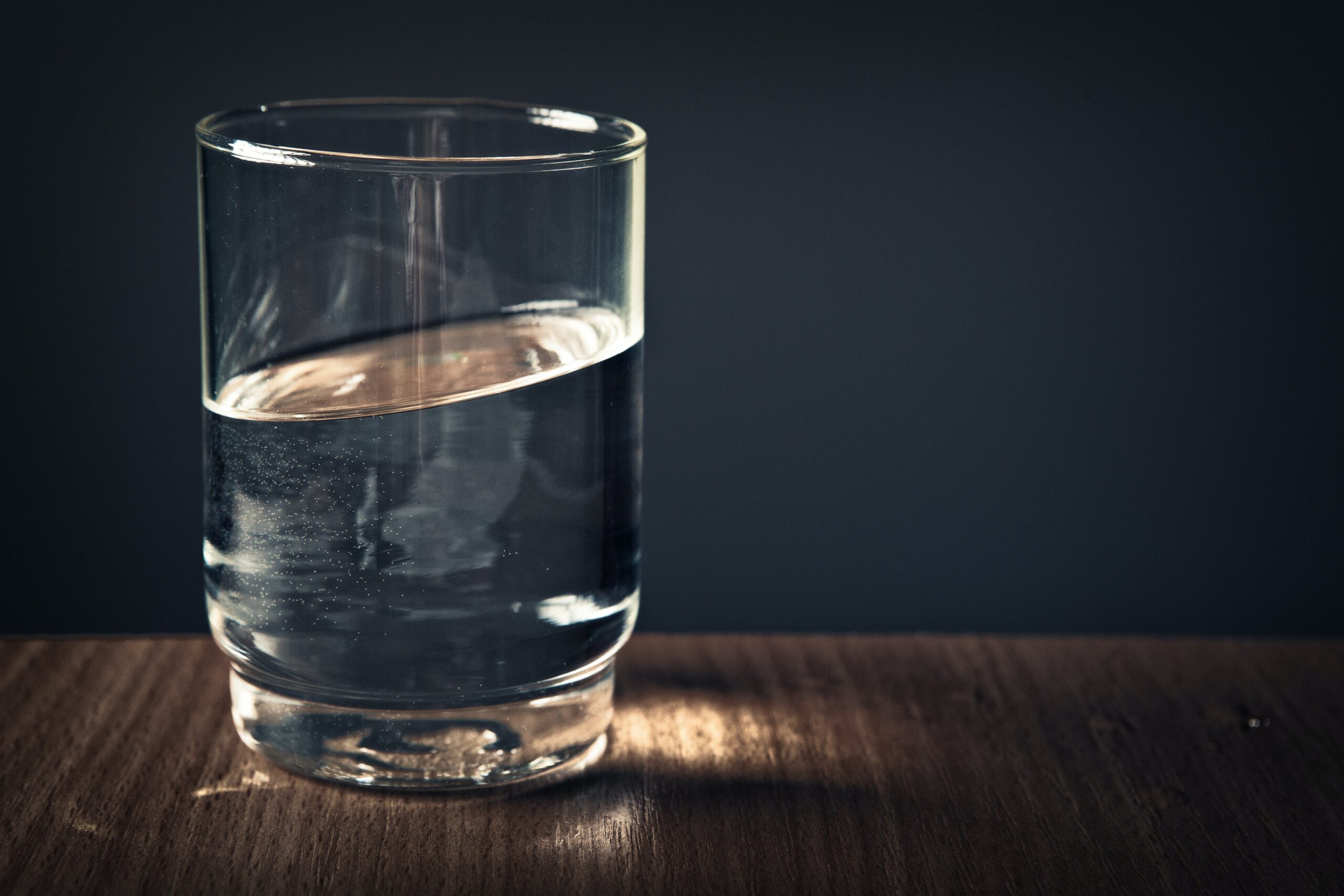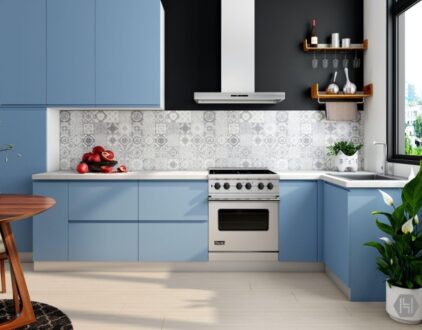Water, the elixir of life and the element that composes around 60 percent of our bodies is something we can’t live without. It has also come far in terms of how it’s marketed for our consumption, from infused with flavor-enhancing sweeteners to bottled, canned, and even boxed. Fancy and artisanal as it can be, getting it straight from a filtered tap is hands down the most efficient—and cost-effective. But have you ever wondered how those fancy filtration systems do their thing to provide you with clean, drinkable water? Learn the magic behind their operation so the next time you reach for a glass of hydration, you’ll know exactly how it came to be.

The Basics of Water Filtration
Plain and simple, water filters are designed to remove impurities and contaminants from your drinking water. They do this through filtration systems that can range from extremely simple to complex, multi-step processes.
Filtration Mechanisms
At the heart of every water filter are various filtration mechanisms that work in harmony to purify your water. The most common types of filtration include:
Mechanical Filtration
This involves physically trapping larger particles like sediment, debris, and even tiny organisms through a fine mesh or porous material. Imagine it as a net that catches unwanted particles before they reach your glass. Popular systems like reverse osmosis filtration use a semipermeable membrane to remove large particles and dissolved solids, such as minerals and heavy metals.
Chemical Filtration
Certain filters use activated carbon or other chemicals to adsorb impurities and remove odors and unpleasant tastes. Activated carbon, with its vast surface area, acts like a sponge, attracting and absorbing impurities like a magnet. This process is important for reducing chlorine, volatile organic compounds (VOCs), and other contaminants, resulting in crisp, clean-tasting water.
Biological Filtration
Some advanced filters take things even further by incorporating biological processes to eliminate bacteria, viruses, and other microorganisms. This makes sure that your water is free from any potentially harmful pathogens and tastes great.

How Water Filters Actually Work
- Step 1: Pre-Filtration
The journey to clean water begins with pre-filtration. Water first passes through a sediment filter, removing large particles such as dirt, rust, and sand. This initial step prevents these particles from clogging the subsequent filters.
- Step 2: Activated Carbon Filtration
After pre-filtration, the water encounters the activated carbon filter. This is where the real magic happens. Activated carbon is often considered as the go-to for standard water filtration. It has an astonishingly large surface area that attracts and absorbs impurities including chlorine, and foul odors, like a magnet. With tap water, this step alone is usually enough to get the job and it’s where a lot of basic filtration systems, like your Brita end.
- Step 3: Biological Filtration
Some advanced filters include a biological filtration stage, where water undergoes UV treatment or passes through a membrane that captures and kills harmful microorganisms, so your water is free from pathogens.
- Step 4: Final Polish
The last step involves a final polishing to make sure the water is crystal clear and free from any remaining particles.

Why You Need a Water Filter
In most cases in the US, tap water is fine to drink alone. However, there are some benefits to drinking filtered water.
Health Benefits
Using a water filter isn’t just about better taste; it’s also about safeguarding your health. By removing contaminants, water filters help protect you and your family from potential waterborne diseases and harmful chemicals.
Environmental Impact
Additionally, using a water filter is an environmentally conscious choice. It reduces the need for single-use plastic bottles, which saves you money and benefits the planet by reducing plastic waste in oceans and landfills.
popular posts
- 1It’s Black Business Month, So Let’s Go Shopping and #BuyBlack!
- 2These Home Decor Items Will Instantly Make Your Space Look Outdated
- 3Black-Owned Home Decor Stores To Support Across the United States
- 4A Look Inside Elon Musk's Tiny $50,000 House
- 57 Black and Multicultural Designers To Follow For Design Inspo
Kitchen

Unique Backsplash Ideas That Add Luxury to Your Kitchen
by Stephanie Taylor | January 19, 2023

These 5 Kitchen Tools Will Up Your Culinary Experience
by Arielle Clay | January 19, 2023
Spaces
Whether it’s luxury or ease, every area of your home should be as fabulous and unique as you.
FOLLOW ALONG ON INSTAGRAM
#homeandtexture
Find us on social for more home inspiration where culture, personal style, and sophisticated shopping intersect to help you create a home where you love to live.



